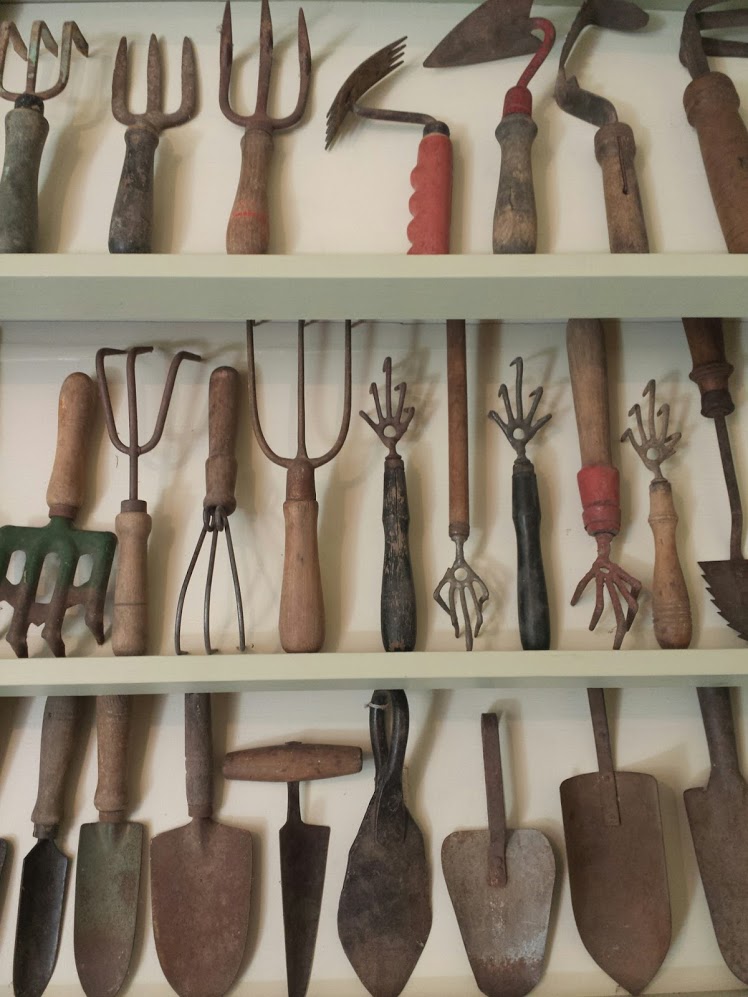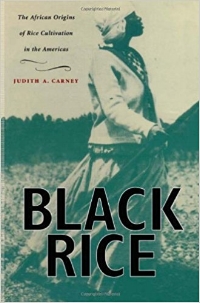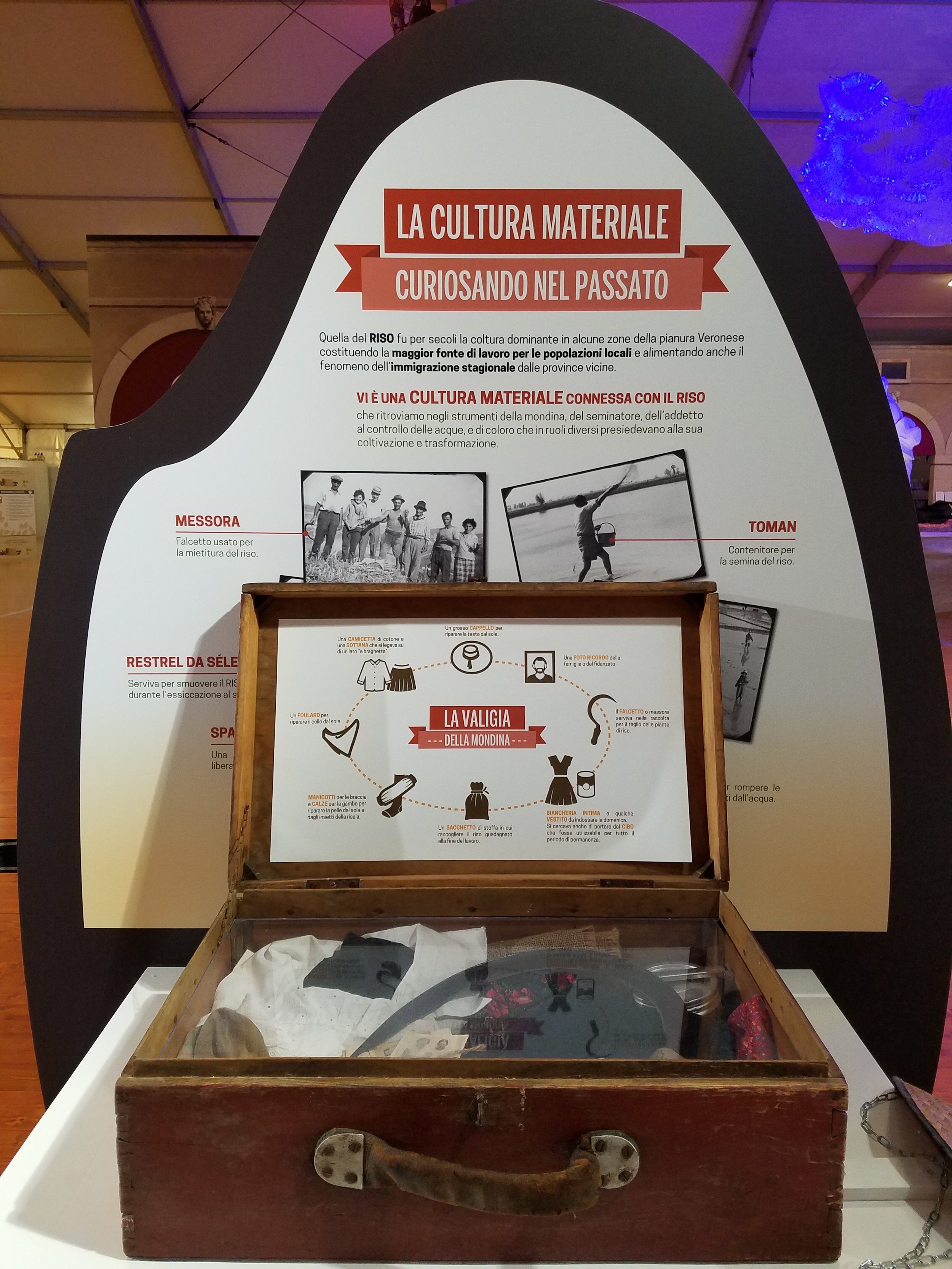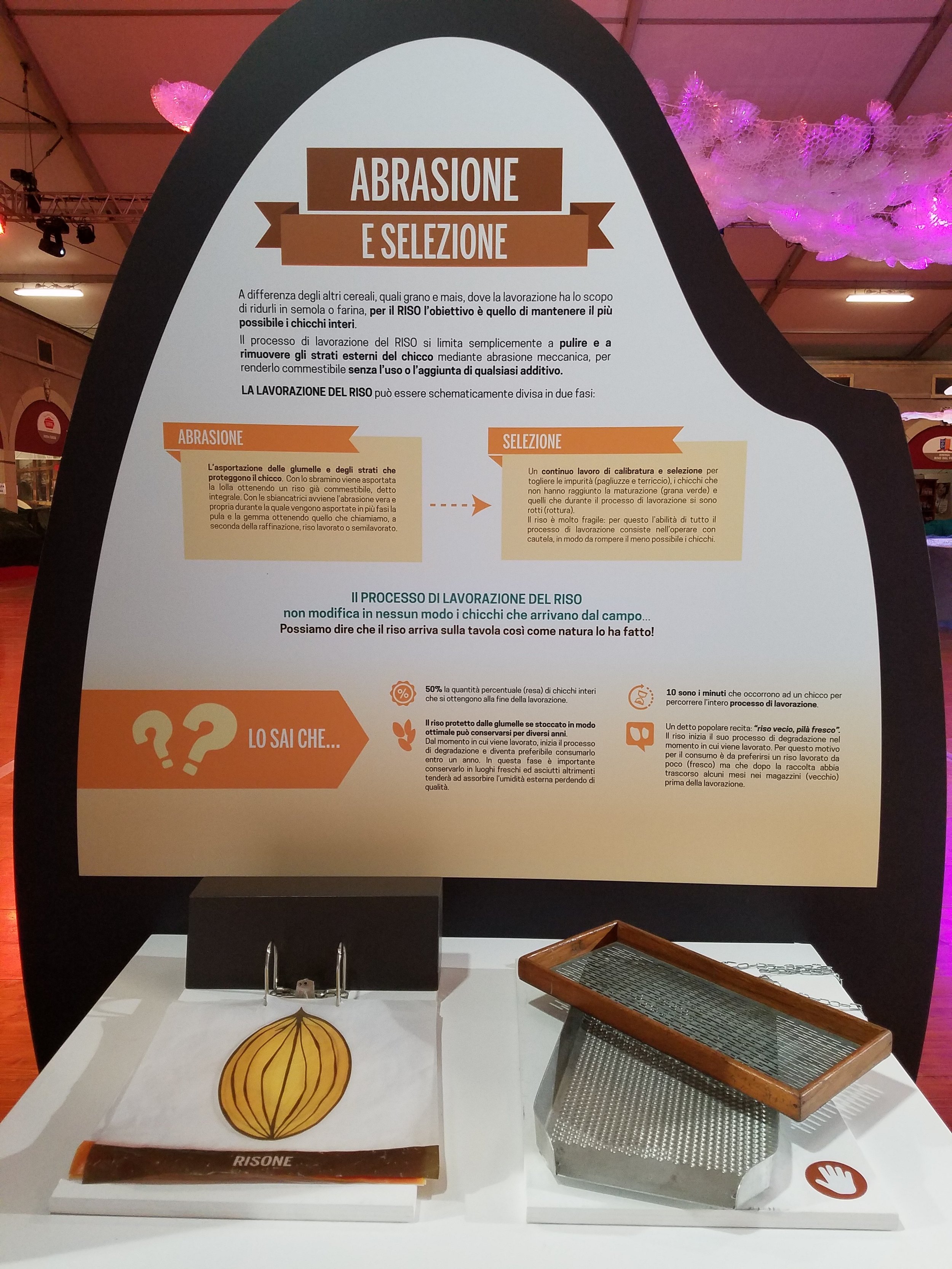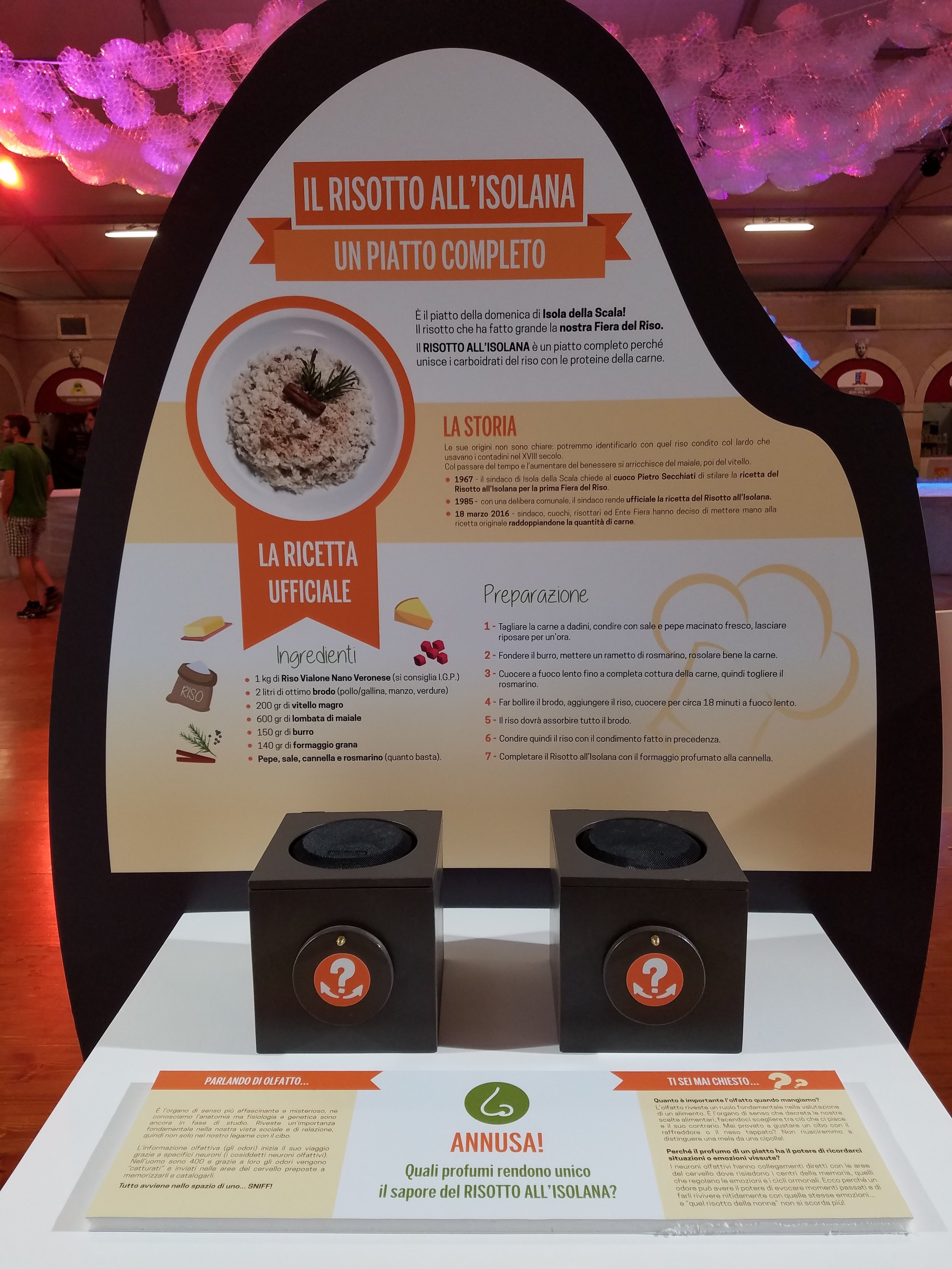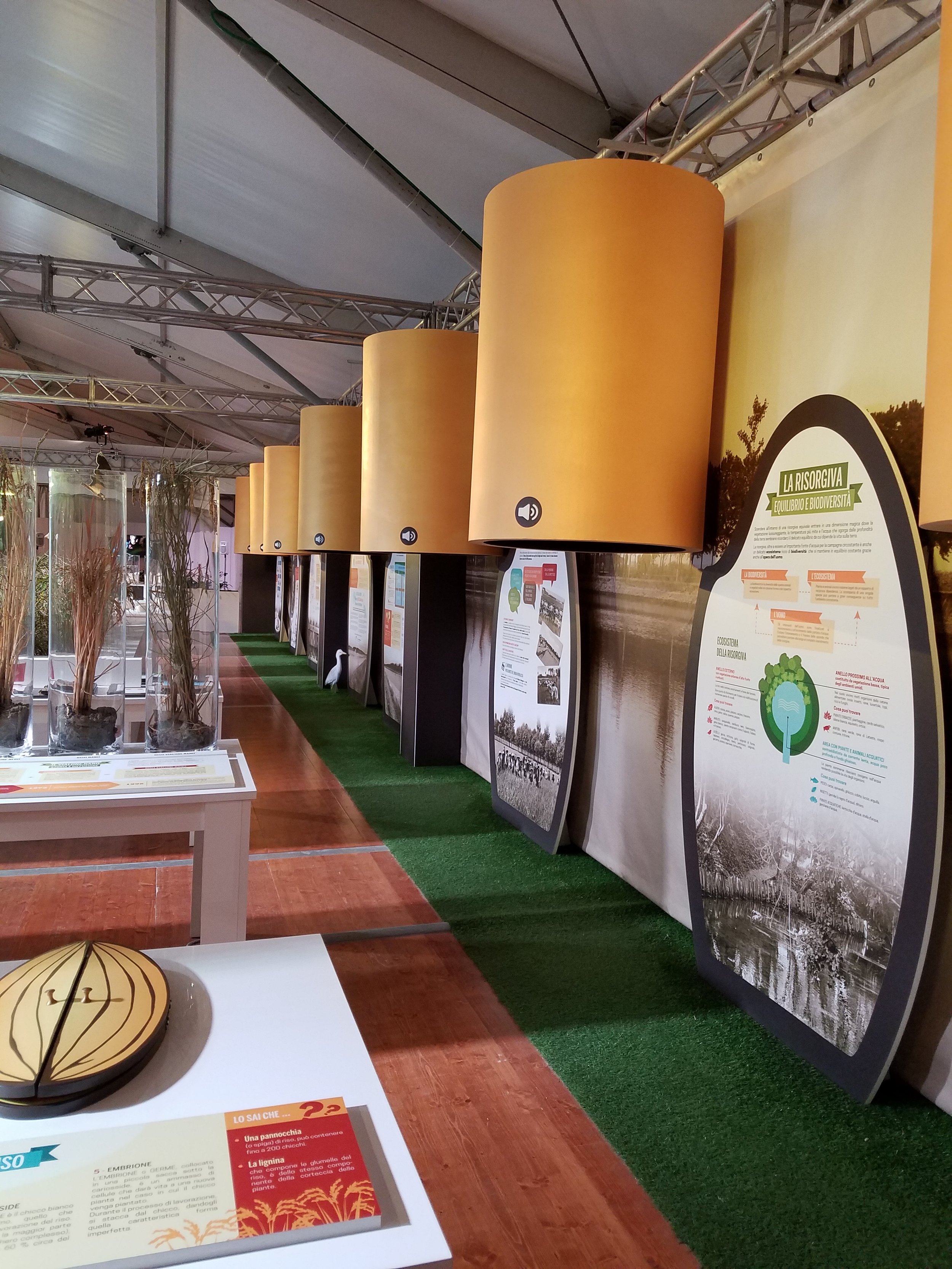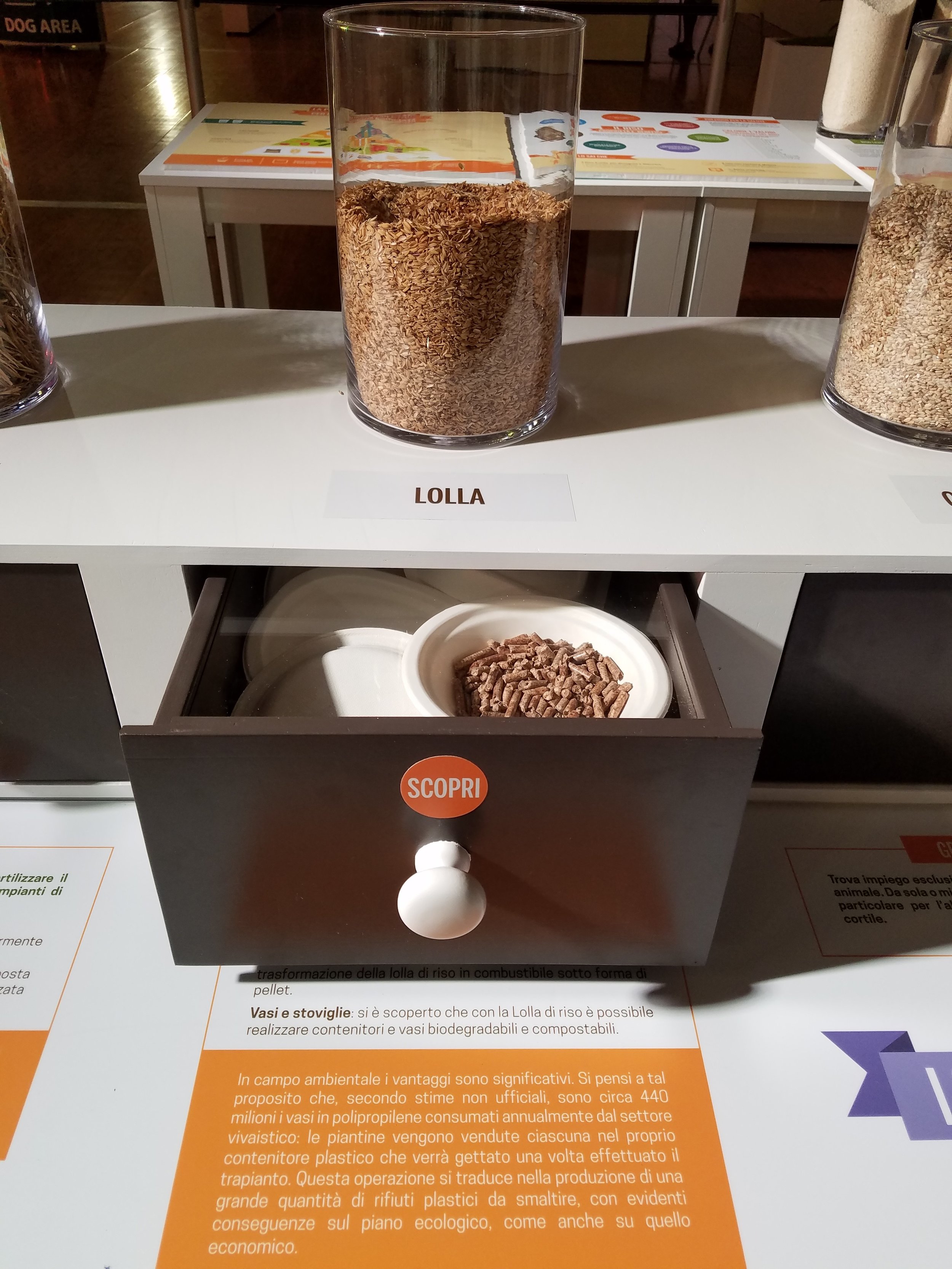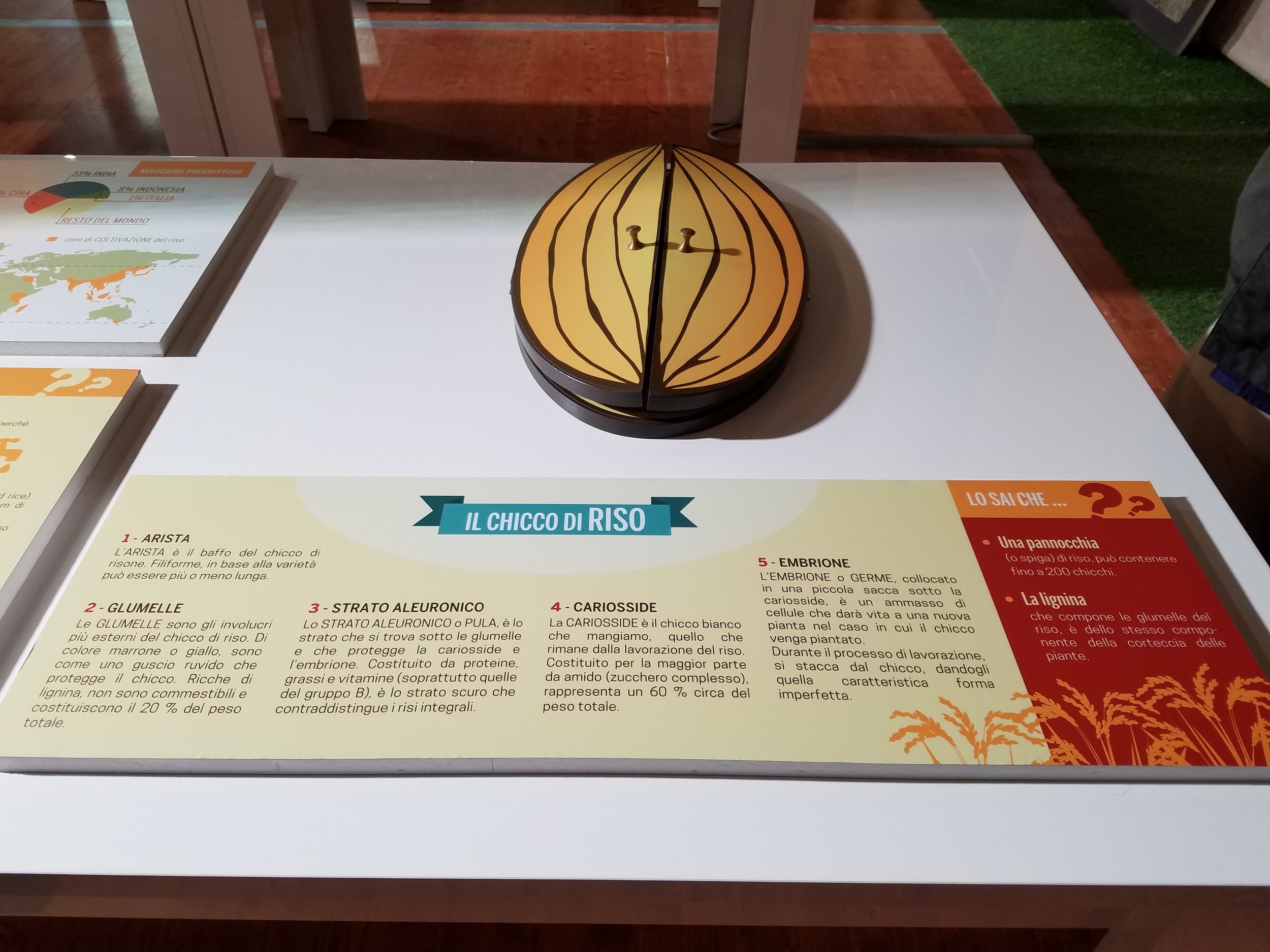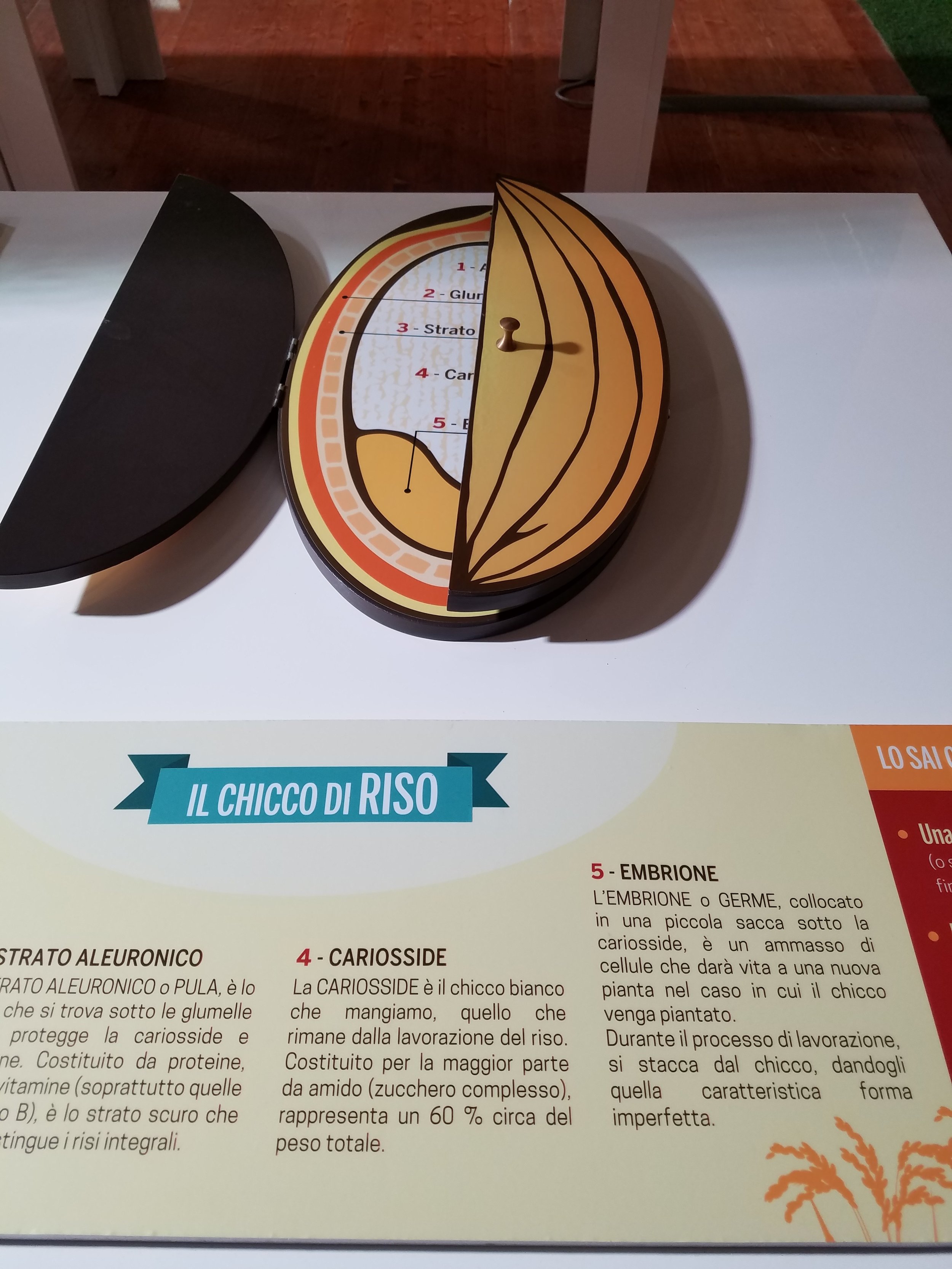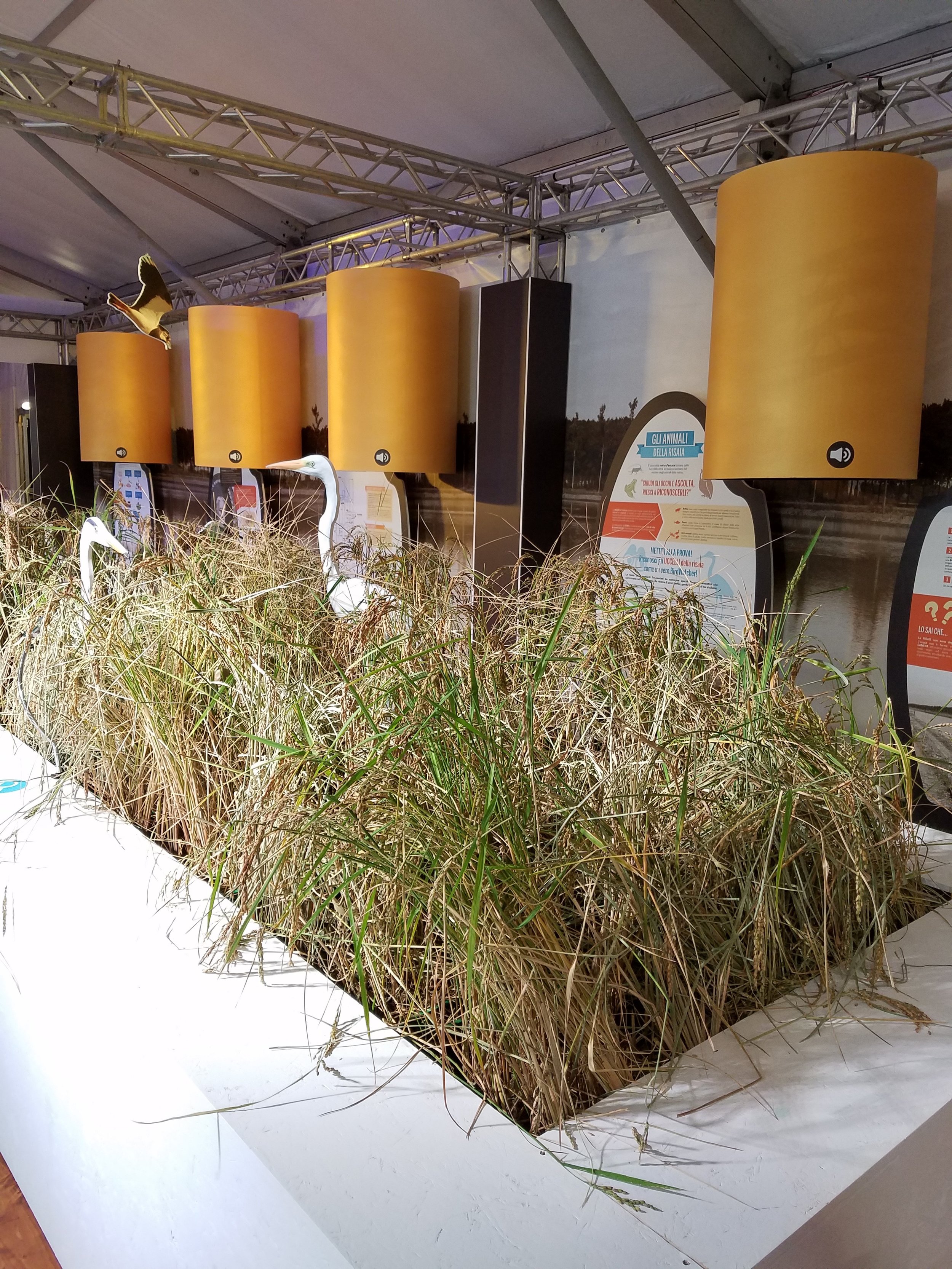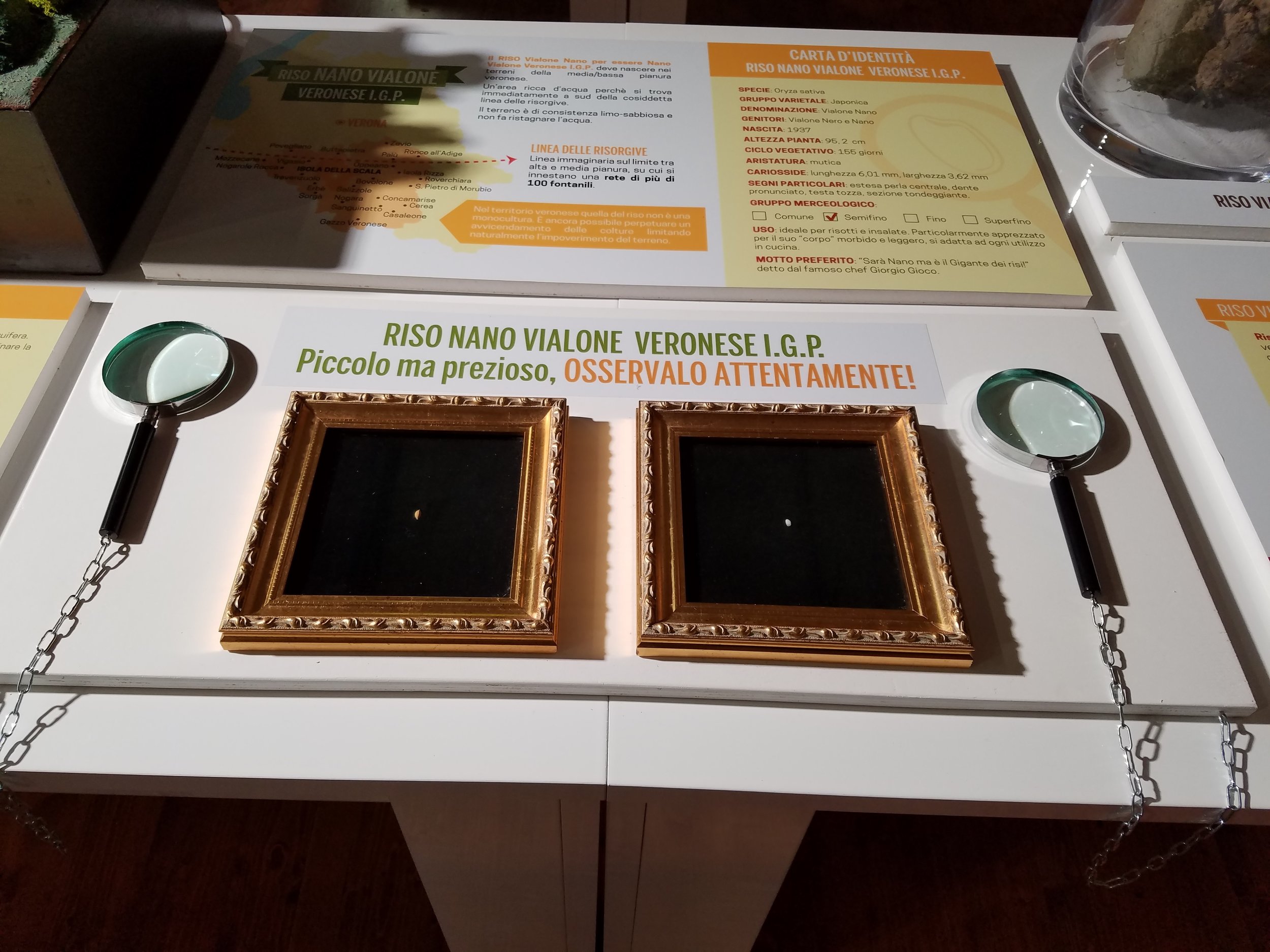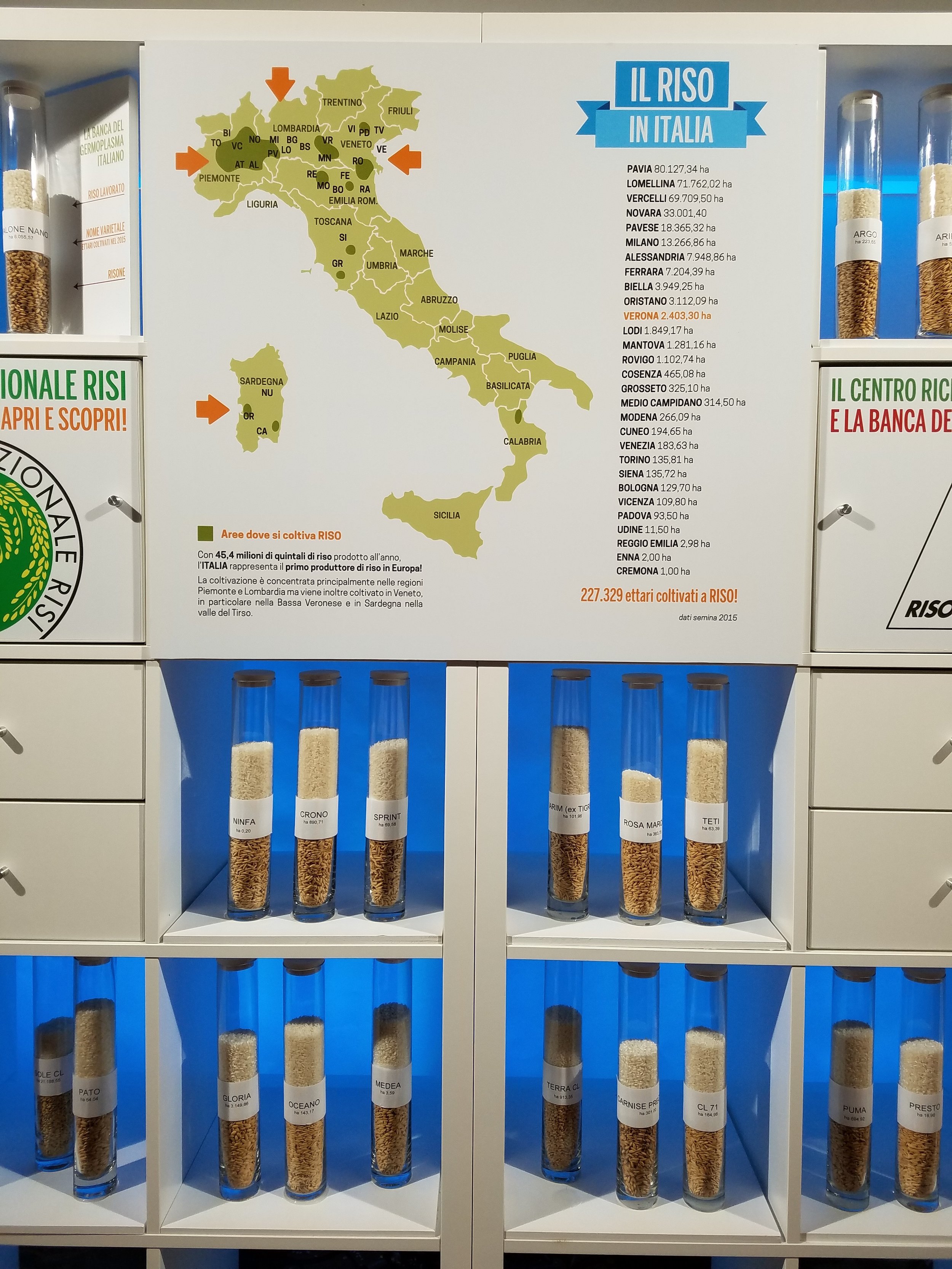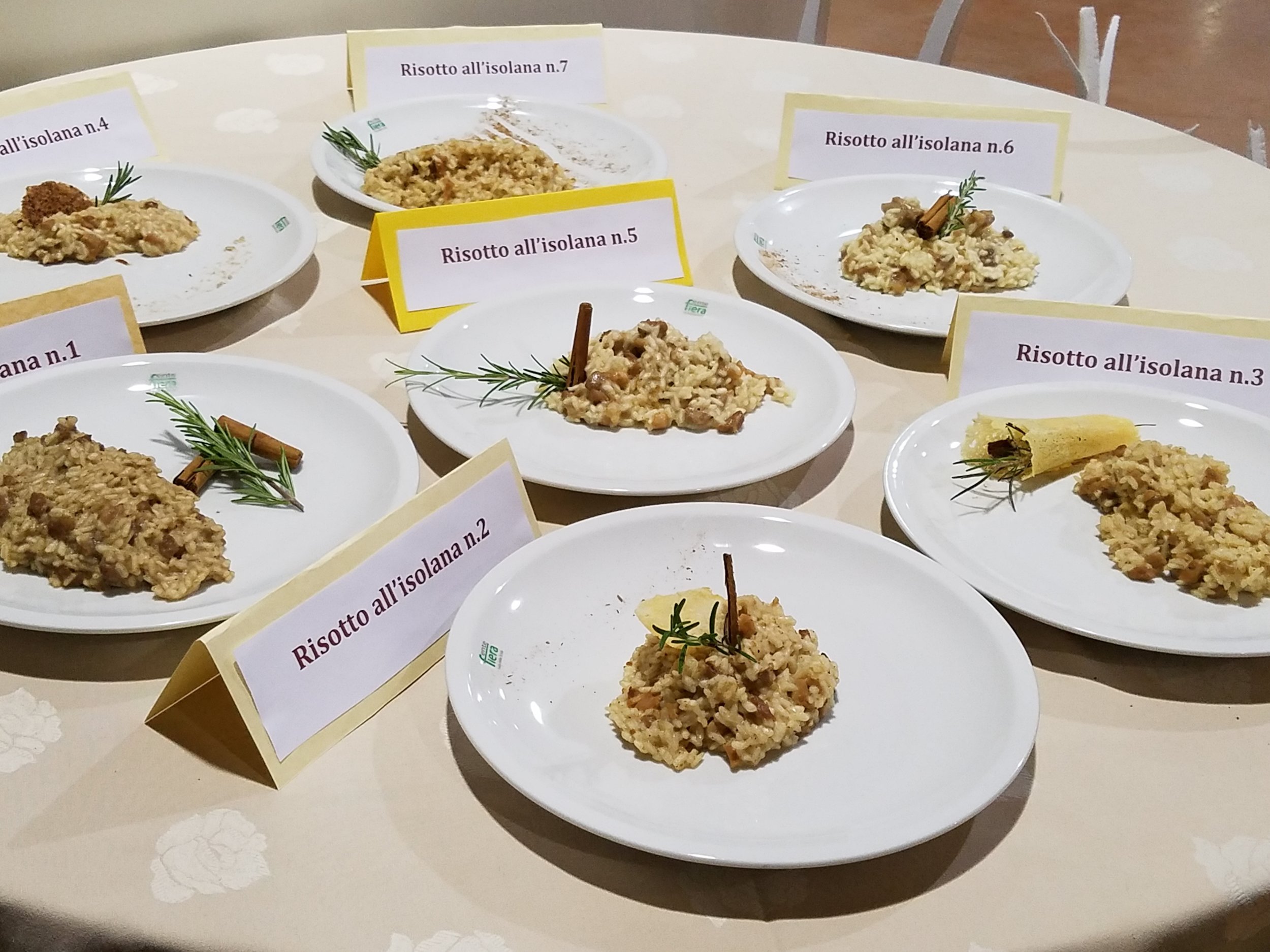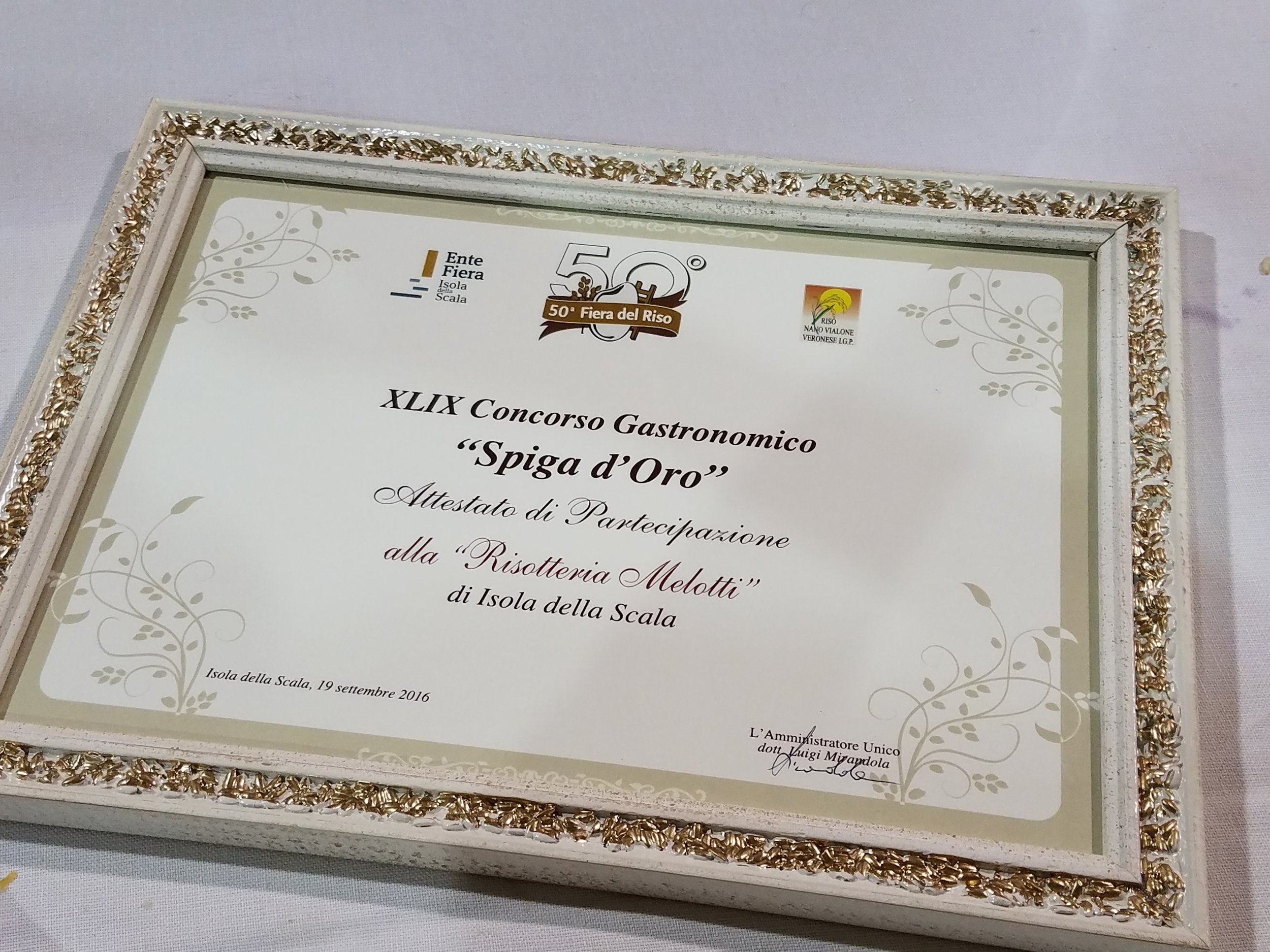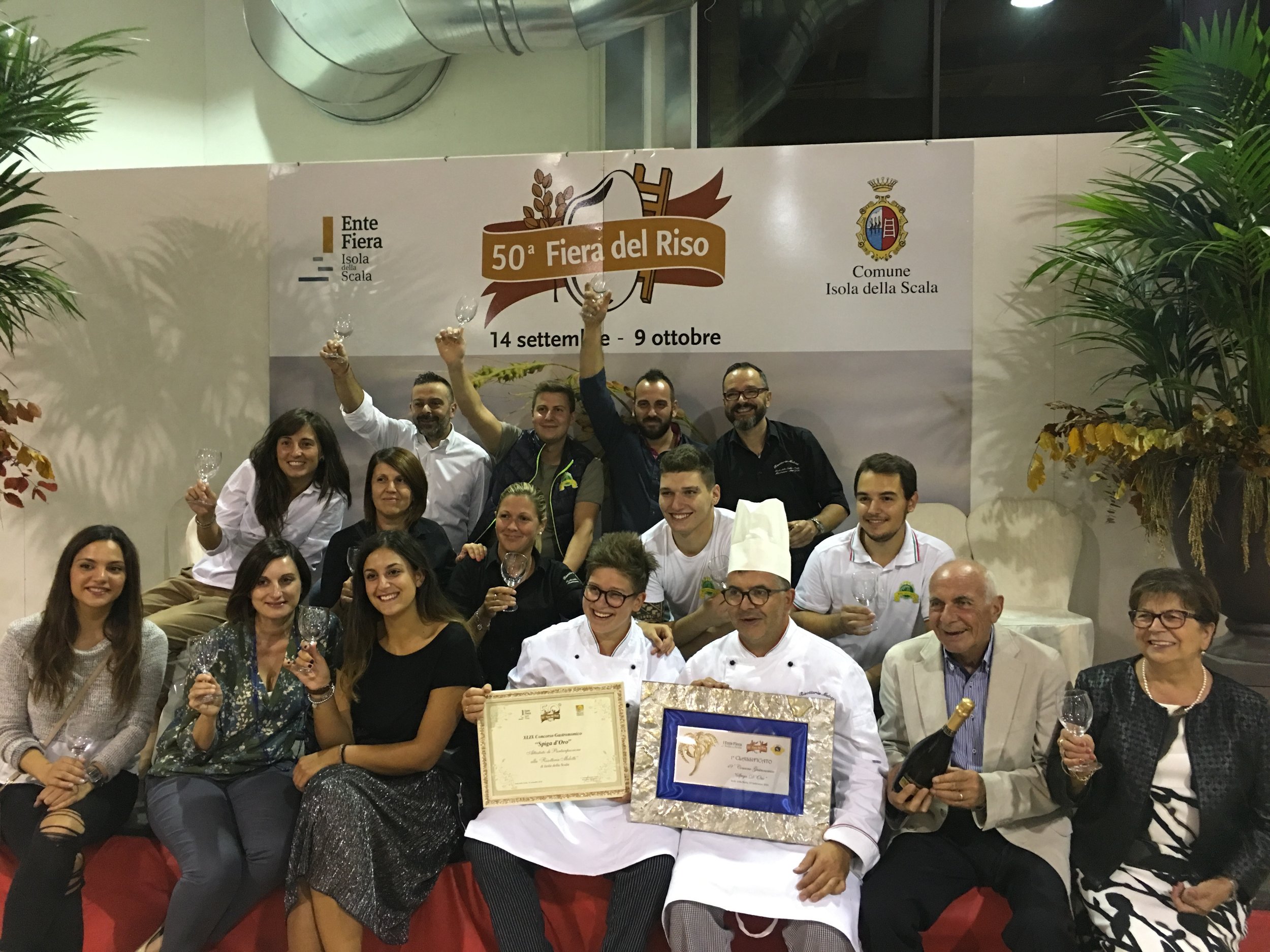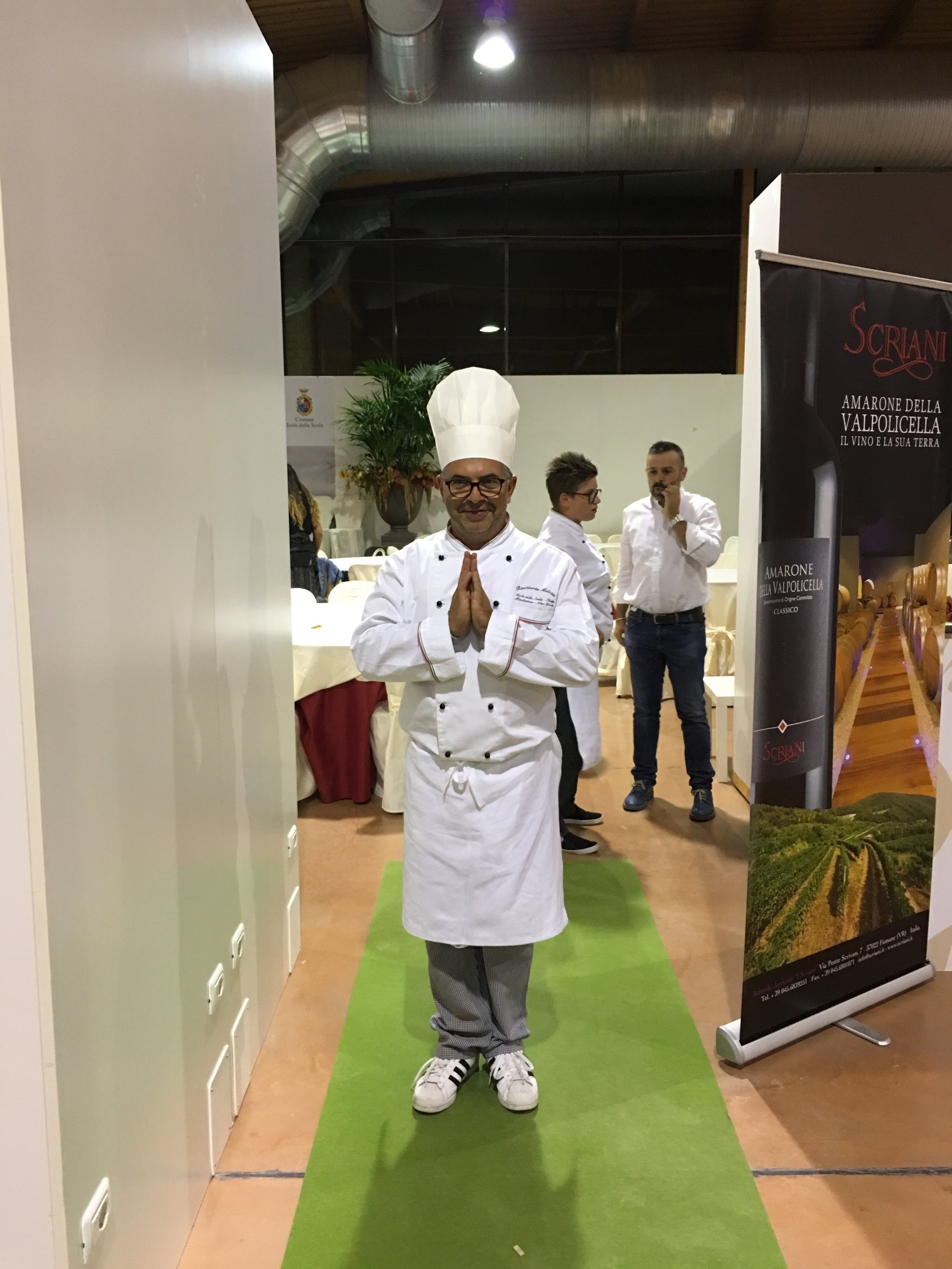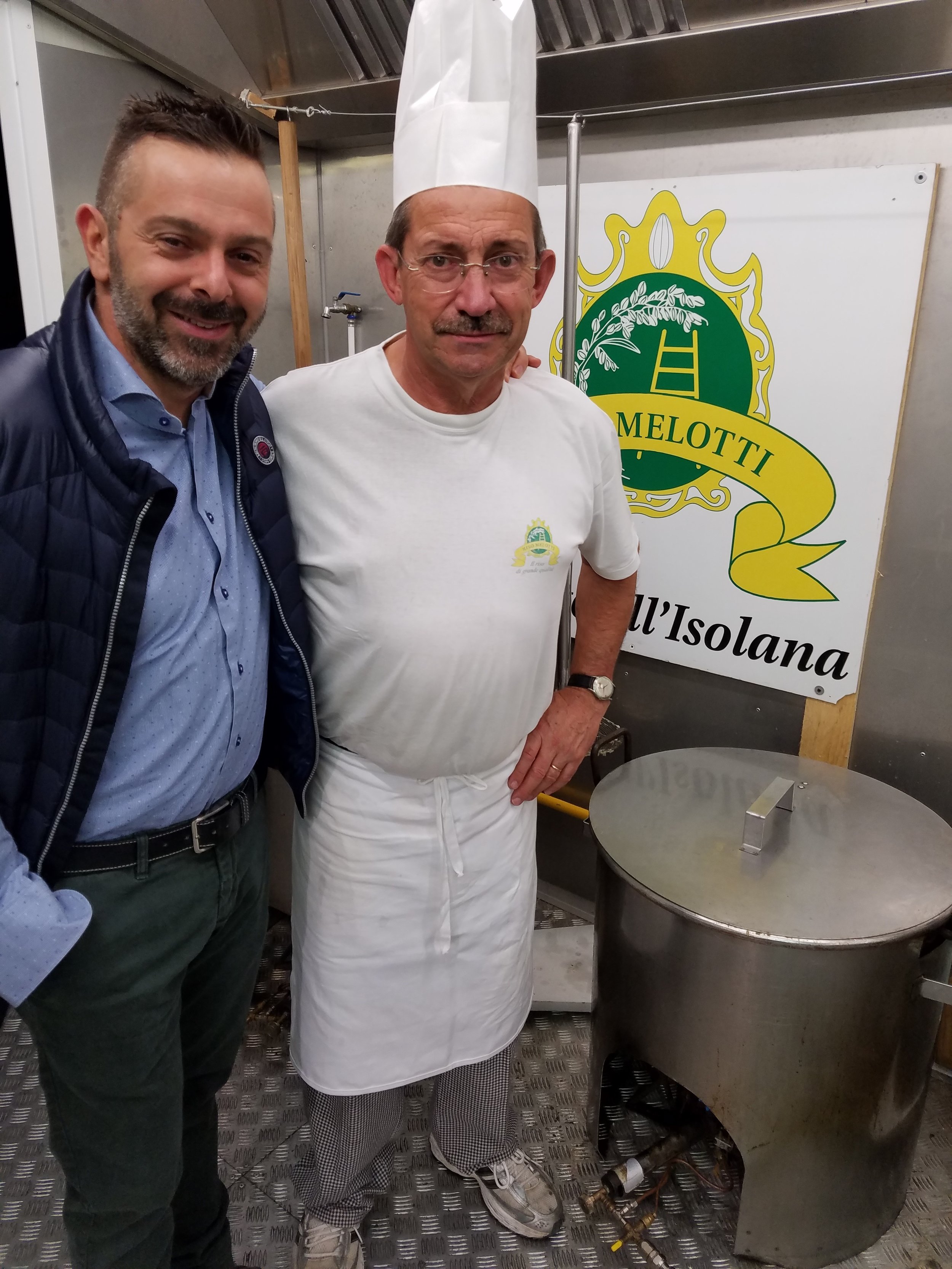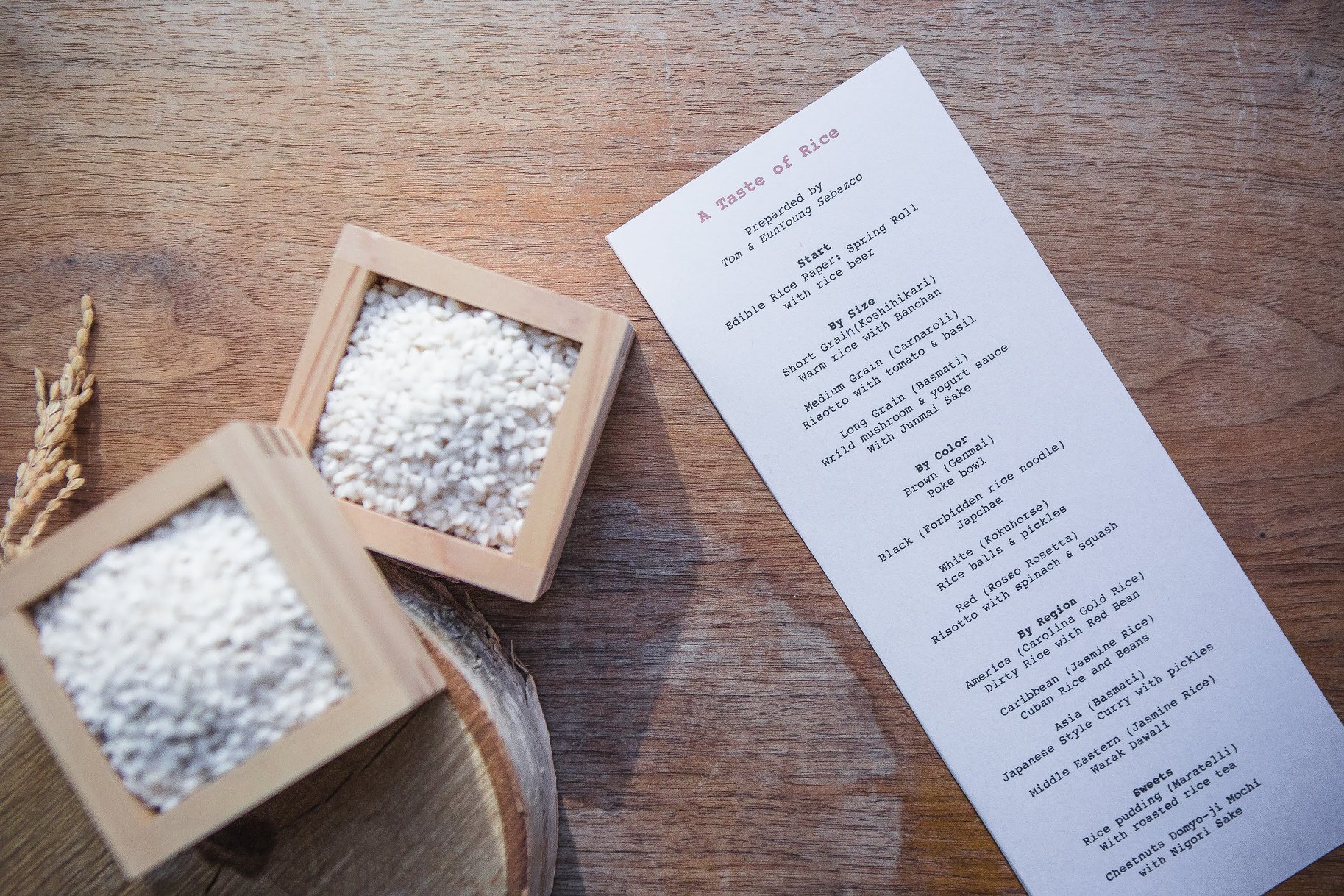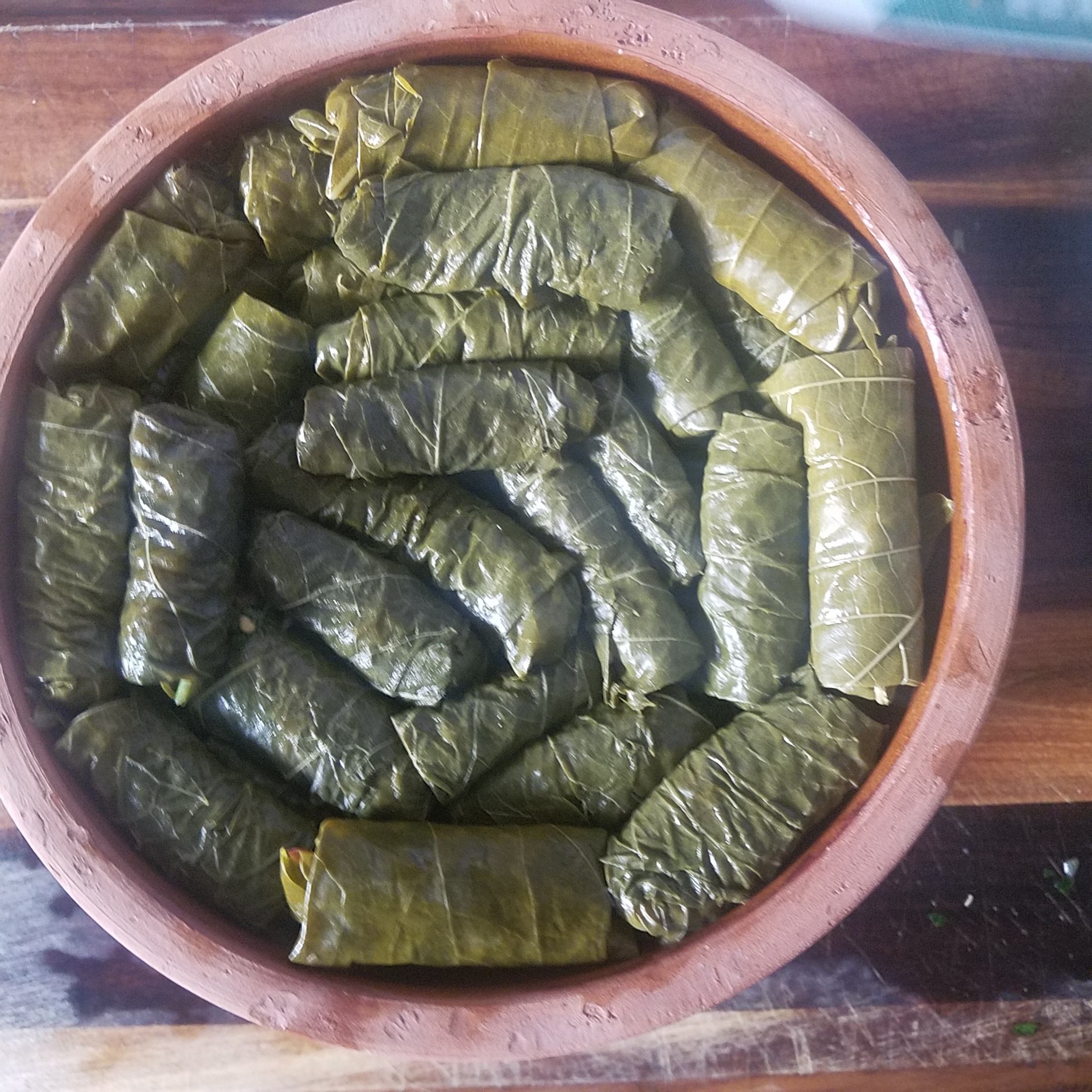From Thomas Jefferson to William Drayton, 30 July 1787
Paris:
"Having observed that the consumption of rice in this country, and particularly in this Capital was very great, I thought it my duty to inform myself from what markets they draw their supplies, in what proportion from ours, and whether it might not be practicable to increase that proportion. This city being little concerned in foreign commerce, it is difficult to obtain information on particular branches of it in the detail. I addressed myself to the retailers of rice, and from them received a mixture of truth and error, which I was unable to sift apart in the first moment. Continuing however my enquiries, they produced at length this result; that the dealers here were in the habit of selling two qualities of rice, that of Carolina, with which they were supplied chiefly from England, and that of Piedmont; that the Carolina rice was long, slender, white and transparent, answers well when prepared with milk, sugar &c. but not so well when prepared au gras; that that of Piedmont was shorter, thicker, and less white, but that it preserved it’s form better when dressed au gras, was better tasted, and therefore preferred by good judges for those purposes; that the consumption of rice in this form was much the most considerable, but that the superior beauty of the Carolina rice, seducing the eye of those purchasers who are attached to appearances, the demand for it was upon the whole as great as for that of Piedmont."
